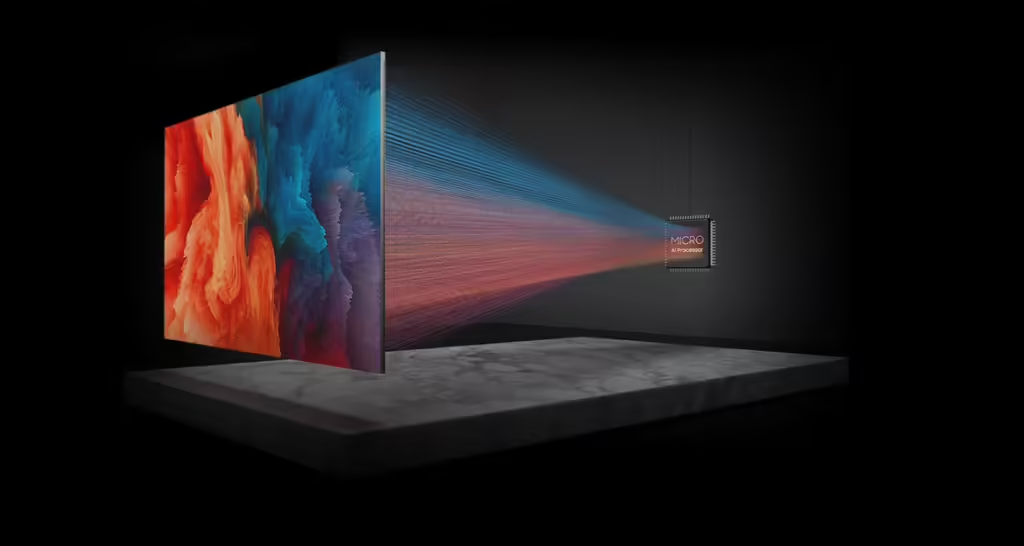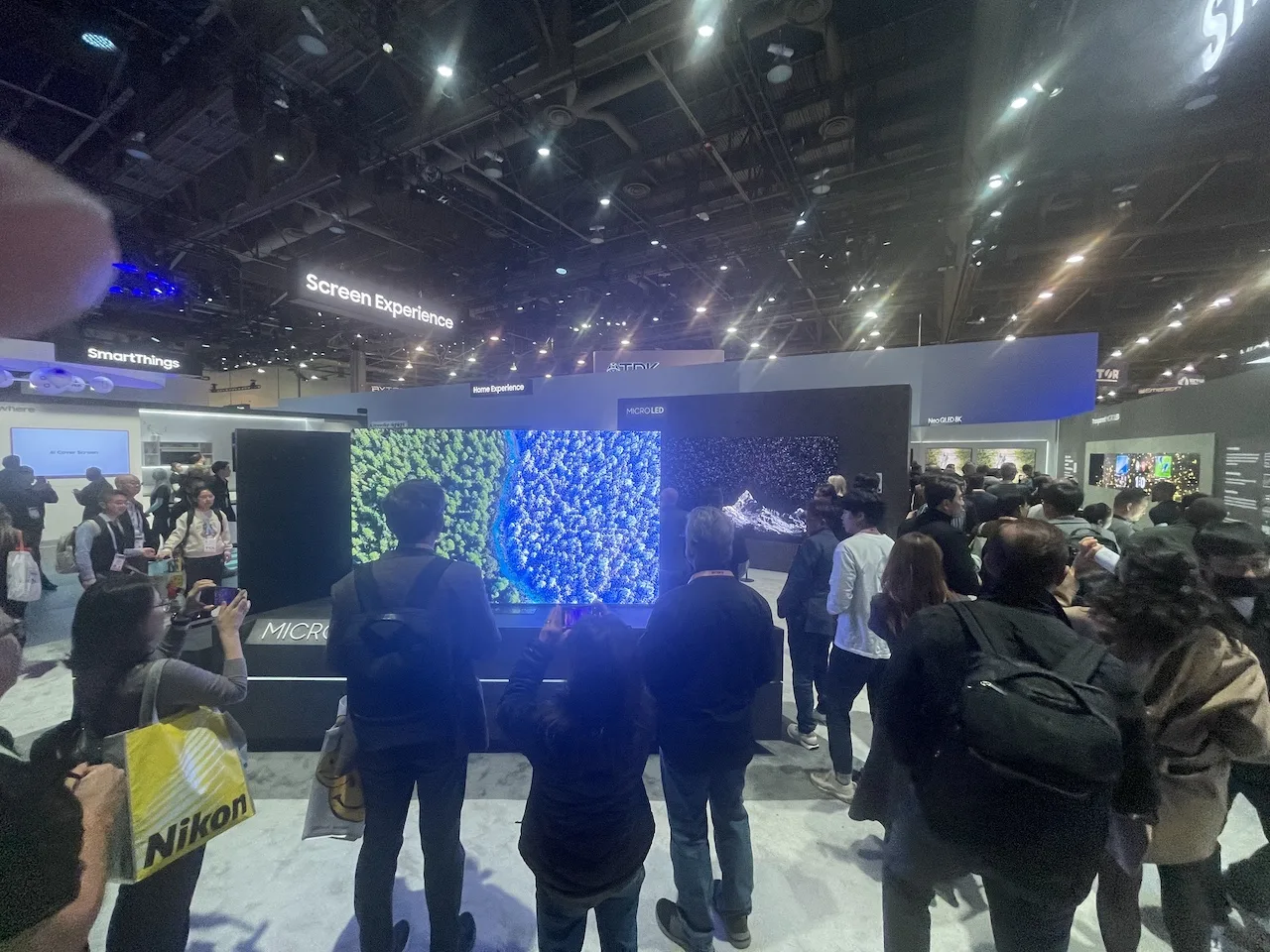Samsung has expanded its MicroLED portfolio (which it chooses to call MICRO LED so the tiny diodes don’t feel inadequate, I guess) with new screen size options, now including the MS1B (89-inch and 101-inch class) and MS1C (114-inch class). These new additions come with significant price tags, starting at $100,000 for the 89-inch model, $130,000 for the 101-inch model, and $150,000 for the 114-inch model.

Despite the new sizes, the production costs of Samsung’s MicroLED TVs have not seen any meaningful reductions over the years. Samsung’s first MicroLED TV, a 110-inch model, cost $155,000 when it was released in 2020, and prices have remained largely unchanged. Even with the steep costs, the adoption has been limited, as illustrated by the fact that by late 2022, only three installations had occurred in the US.
Samsung’s MicroLED TVs feature 4K resolution (3864×2184 pixels) and HDR, although the peak brightness is unspecified. The Micro AI processor leverages artificial intelligence to upscale content to 4K resolution, enhancing details and contrast. In terms of design, the screens use a Monolith Design, a slim, bezel-less design,. Despite this, the assembly from small modules leaves visible seams, which can detract from the overall aesthetic.
The 4Vue capability allows the screen to display four different content sources simultaneously, ideal for sports fans who want to keep track of multiple events, apparently. The Samsung Art Store feature transforms the screen into a digital gallery in Art Mode, displaying art collections from renowned galleries. These screens are powered by Tizen, and feature six HDMI ports, including one HDMI 2.1 port for 4K at 120Hz. Additional connectivity includes WiFi 6, Bluetooth 5.2, and eARC.
Power consumption for the 89-inch model is listed at a maximum of 705W, indicating an improvement in energy efficiency. However, the promised 50-inch and 76-inch versions remain unavailable. Meanwhile, the high costs and ongoing production challenges mean these MicroLED TVs remain a luxury item for a select few, with picture quality not always meeting the high expectations set by the marketing.




